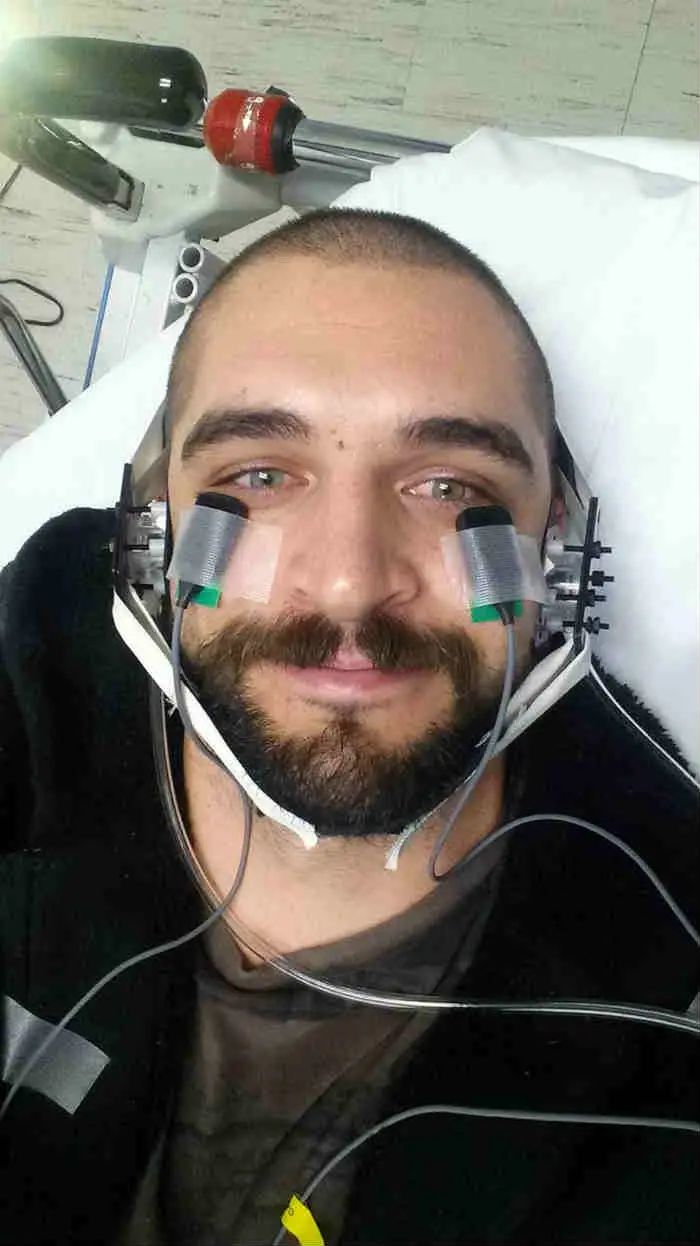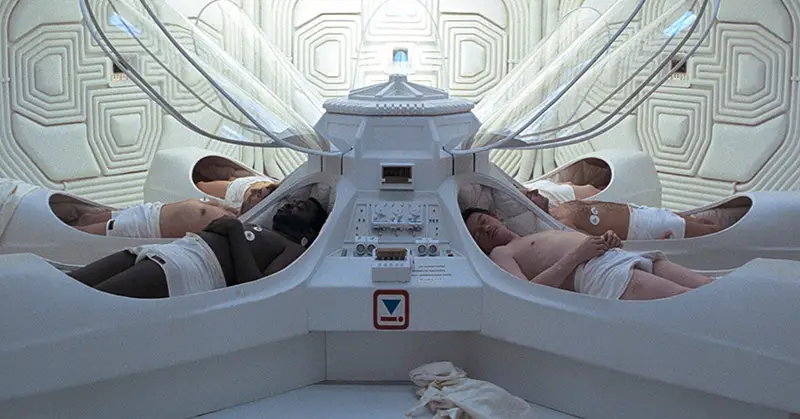Consider this for a moment; really consider it. If you were offered a job that paid an $18,000 lump sum and all you had to do was lay in bed for seventy days straight, would you do it? This is a real thing offered by NASA called a Bed Rest Study. For some people, this would be a dream job while others would find it nightmarish. Wherever you stand, out of 25,000 applicants,[1] your chances of being accepted are steep so don’t get too excited.
What About the Part About Smoking Weed?
Before we delve into the real story, there’s a key point we need to clarify. Some of you may have seen a (fake) viral story a while back with a very similar title to this article: NASA Will Pay You $18,000 to Stay in Bed and Smoke Weed for 70 Days. Immediately, hoards of stoners went crazy at the thought of getting paid to indulge in their favorite past time for three months. No doubt, millions would have applied, except for the fact that there was simply nowhere to apply for this too-good-to-be-true study. All right, now that that ‘story’ is taken care of – moving on!
NASA’s Bed Rest Studies
In hopes of understand the effects microgravity has on the human body, NASA has the subjects lie in bed for 70 days straight. While in this position, their beds are tilted at a six-degree angle, also known as a head-down position. If you’re wondering whether this would cause blood to slowly rush to the subjects’ heads, you’re not entirely wrong. The six-degree angle is subtle enough so as not to cause them to pass out. Instead, their body fluid moves upward and mimics similar cardiovascular events that happen in space.
“[By] putting someone in bed for a long time,” explains NASA’s news chief, Kelly Humphries, “there is also atrophy of the muscle and atrophy of the bone density.”[2]
When you think about it, whether you’re in space for weeks or months, it only takes a simple push of the fingertip to propel these astronauts forward. So, minimizing almost all the subjects’ muscle movements is important for the study to achieve accurate results.
It’s extremely challenging to replicate the same effects on earth as astronauts feel in outer space. However, according to Flight Analog project manager at NASA’s John Space Center Joe Neigut, “Being able to test new ideas on Earth saves invaluable time. What the bed rest does to their [test subjects] physiology and how the exercise countermeasures benefit their physiology helps us better prepare and protect astronauts when they are in space. In fact, how it affects the physiology can be applied to everyone on earth.”[2]
Can Anyone Apply for NASA’s Bed Rest Studies?

According to NASA, the “bed rest studies often attract people looking for a change who can afford to retreat from everyday life for a few months. Their motivation can be for personal or scientific reasons. Many participants want to do their part to support space travel. If humans ever walk on Mars or live in space for long periods, it is in part, thanks to the bed rest volunteers.”[3]
It seems like anyone can apply, but this doesn’t mean NASA will accept just anyone. In fact, says senior scientist on the bed rest study Dr. Roni Cromwell, “We want to make sure we select people who are mentally ready to spend 70 days in bed. Not everyone is comfortable with that. Not every type of person can tolerate an extended time in bed.”[2]
“Subjects need to be very healthy,” says Humphries.
“Once they qualify physically and mentally, we do rigorous physical exercises to test muscle strength and aerobics capacity,” explains Dr. Cromwell. “We want people who have the physical and psychological characteristics of an astronaut. They should be able to do the kind of activities that astronauts do.”[2]
The first and last runs of the bed rest studies were completed in 2013 and 2015 respectively. There is, however, a new bed rest study that’s starting this year, 2017. So, there’s a possibility that you’ll have a chance to apply, should you be interested.
A Personal Testimony from Andrew Iwanicki
In 2014, Andrew Iwanicki took part in one of NASA’s bed rest studies. Before starting, Andrew had just finished his first Ironman race and been fired from his artist manager job.[1] Suddenly, taking a 15-week break from conventional life became possible. But in only a few weeks, Andrew realized doing this study was not at all easy – in any sense of the word – and would not get any easier. He learned quickly that:
“Beyond the pain…it was nearly impossible to perform every tasks while slanted at the negative six-degree angle. Taking showers consists of dousing myself with a hand-held shower head, and it’s especially hard to clean my back, legs, and feet. Reading books is exhausting, since I have to hold my arms outstretched in lieu of lifting my head up. Using my laptop is equally strange while lying down. Every time I brush my teeth, I feel like I’m going to choke on the toothpaste. Then I have to spit into a cup, but it inevitably dribbles down my cheek and through my beard every damn time.”[1]
Over the duration of the study…

Andrew experienced many ups and downs, mental roadblocks and achievements. But on December 2, for the first time in 70 days, he stood up – or at least tried to.
“As soon as the bed was tilted to the vertical position, my legs felt heavier than ever before. My heart started to beat at 150 BPMs. My skin became itchy; I was covered in sweat. Blood rushed into my legs, expanding the veins that had become increasingly elastic throughout the past several months of bed rest. I felt like I was going to faint. I was fighting to remain standing from the start, and it only became more difficult. Around the eight-minute mark, my pulse dropped from 150 down to 70. My body was about to collapse. As my vision started to go black, the staff saw my numbers drop on the machines and promptly returned the bed to the horizontal position. It was only later that they told me that none of the NASA bed-rest subjects have lasted the full 15 minutes.”[4]
After that initial unexpected reaction, enough of Andrew’s balance and endurance had began returning after a few days of casual strolling and reconditioning exercises. Within two weeks of post-bed-rest, he claims to have felt “95 percent physically normal [and] ready to go.”[4]
So, what would you do with 70 free days?
Sit back, relax, and check things of your bucket list? Or, sign up for NASA’s next study for science? Being bed-ridden for that long really makes you think and as Andrew (someone who was physically and mentally fit enough to complete an ironman race and the training that comes with it) found, it was no easy feat. But it’s humbling to know that we non-astronauts can help move their space mission forward.

